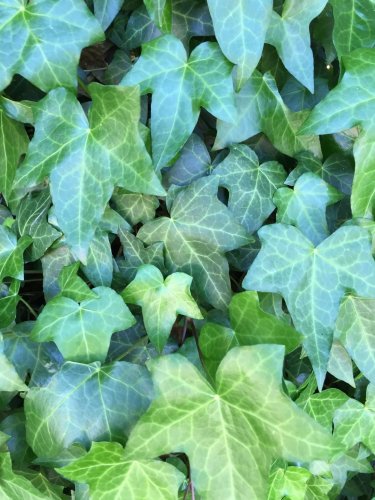MeruJack
Avid Member
I knew that title would get your attention!
Earlier this month, I received a long awaited shipment of baby Indian Walking Sticks from one of our CF members. The member had other species of walking sticks available but I chose to waiting until this variety of sticks was available because they eat both blackberry vines and ivy. I like that they eat ivy because I have a bunch growing in my back yard. Free food! However, I just read today that ivy is toxic when it comes to chameleons. So my question is this:
If I feed my baby walking sticks ivy, will the walking sticks poison my chameleon kids?
Thanks!
Earlier this month, I received a long awaited shipment of baby Indian Walking Sticks from one of our CF members. The member had other species of walking sticks available but I chose to waiting until this variety of sticks was available because they eat both blackberry vines and ivy. I like that they eat ivy because I have a bunch growing in my back yard. Free food! However, I just read today that ivy is toxic when it comes to chameleons. So my question is this:
If I feed my baby walking sticks ivy, will the walking sticks poison my chameleon kids?
Thanks!





